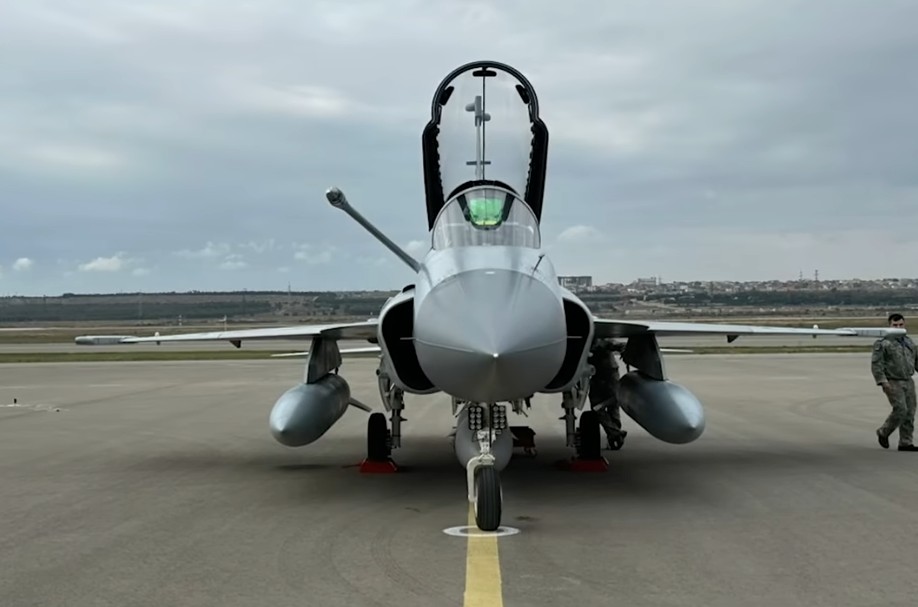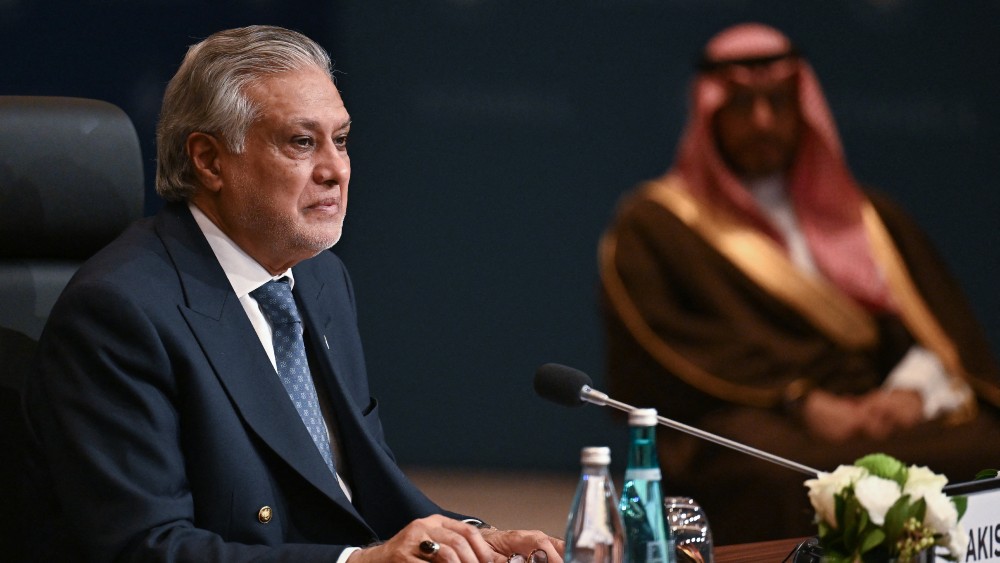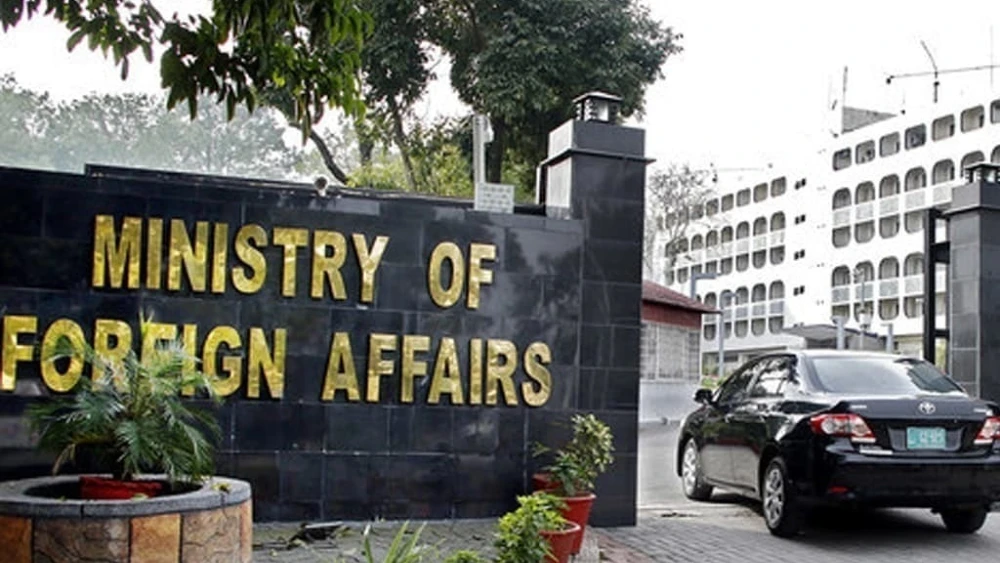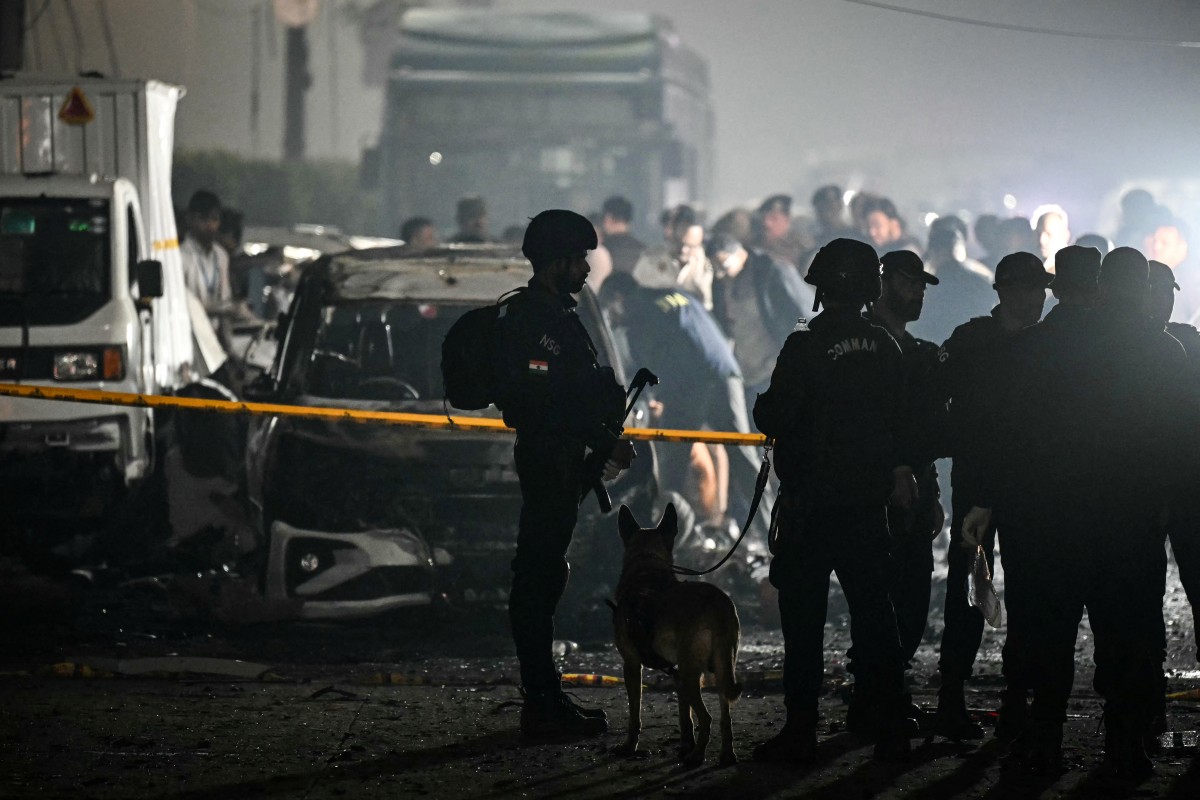ISLAMABAD: Pakistan's political and military leadership responded very differently to Indian cross-border strikes in 2019 and in 2025. The Balakot episode of February 2019 was marked by measured retaliation. In May 2025, Islamabad adopted a more aggressive posture.
2019: Measured, collective caution
On February 14, 2019, a suicide bombing killed 40 Indian paramilitary personnel in Pulwama, Indian-occupied Kashmir. India blamed Pakistan for the attack while Pakistan denied involvement.
On February 26, Indian jets bombed what India alleged was a terrorist training center in Balakot, a town in Pakistan's northwestern Khyber Pakhtunkhwa province. This was the Indian Air Force's first deep strike across the international boundary since 1971. The attack triggered intensive consultations inside Pakistan. Senior military leaders sought damage assessments and urged a restrained response to avoid uncontrolled escalation.
Operation Swift Retort, launched the following day, was designed to demonstrate Pakistan's military capability while avoiding civilian casualties. The Pakistan Air Force conducted precision strikes in open areas in occupied Kashmir to reassert deterrence without escalating the conflict.
When the Indian Air Force attempted to retaliate, Pakistan shot down one of its fighter jets and captured pilot Abhinandan Varthaman, who was later released as a goodwill gesture amid international calls for de-escalation.
Key features of Pakistan's response in 2019 included high-level caution and step-by-step deliberation, a calibrated military response signaling capability rather than seeking escalation, and active diplomacy and national security channels used to cool tensions. Analysts from organizations like the Observer Research Foundation (ORF) and the Carnegie Endowment have noted this approach reflected a deliberate effort to manage the crisis within narrowly defined limits while sending clear deterrent signals.
2025: Unified resolve and a tougher doctrine
The May 2025 Indian cross-border strikes, described by Islamabad as coordinated missile, air and drone attacks inside Pakistan, triggered a quick and strong response. The outcome was significant: Pakistan shot down at least six fighter jets, including Rafales, in a single night; a setback that undermined Prime Minister Narendra Modi's claims of military superiority on the international stage.
The National Security Committee condemned the strikes as "acts of war," authorized "corresponding action" and framed Pakistan's military response as legitimate self-defense under Article 51 of the UN Charter. Pakistan's foreign minister and senior security advisers later signaled a strategic shift, describing a new posture of "quid pro quo plus"; a doctrine allowing responses that exceed the original provocation in scale or severity, particularly if India pursues limited-war strategies below nuclear thresholds.
Defense analyst Brig. Waqar Hassan, retired, said the tougher stance was carefully calculated. "Punishment should be commensurate with the objectives and the results," he explained, noting that responses must be precise, politically coherent and directed to achieve clear military and strategic aims. "Such measures", he said, "must be accompanied by a concurrent war of narratives," including diplomacy and public messaging, to reinforce deterrence and shape international perception.
Hassan pointed to Pakistan's operational reach, noting the ability to strike from the east into the hinterland is part of a broader deterrent strategy. He cited growing security cooperation with friendly states in West Asia, which reduces the risk of diplomatic isolation during crises and strengthens Pakistan's strategic posture.
At the same time, he said the nuclear overhang remains a critical constraint, limiting the appetite for uncontrolled conventional escalation and making calibrated, targeted action essential for credibility and stability.
What changed between 2019 and 2025?
Three factors appear to have driven the shift: increased civil-military cooperation promoting stronger responses; an evolving view of deterrence that emphasizes escalating costs for limited aggression; and rising domestic pressures.
Public outrage over civilian casualties and calls for action mean leaders must adopt a tougher stance. Experts say Pakistan's new strategy is influenced by lessons from 2019, changing threats and the need to signal deterrence to enemy leadership.




.jpg)
.jpg)




